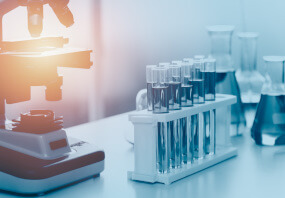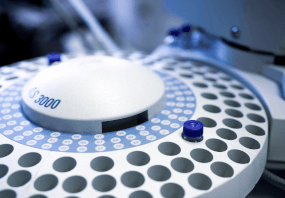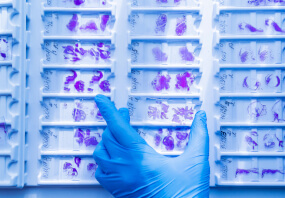General description
Glycogen is a branched polymer of glucose synthesized by animal cells for energy storage and release. It is constructed of predominantly α1→4 glycosidic bonds with branches created through α1→6 glycosidic bonds.
Glycogen is a branched polymer of glucose that coprecipitates nucleic acids during isolation and purification.
Application
Glycogen from Mytilus edulis (Blue mussel) has been used:
- as a coprecipitant in the isolation of RNA from hepatocytes and yeast cells.
- as a reference standard in calibration curve generation to quantify hepatic glycogen content.
- as a carrier molecule for DNA and RNA, replacing tRNA or sonicated DNA
- for the precipitation of DNA in the presence of ammonium acetate and ethanol or isopropanol
- for recovery of tRNA, yeast RNA, sonicated DNA and oligonucleotides as short as 8 base pairs
Biochem/physiol Actions
Glycogen levels in Mytilus edulis shows variation during seasonal changes. It is a crucial stored energy reserve for Mussels and is utilized during gametogenesis. Glycogen levels dictate the reproductive capacity and development of mussels larva. Glycogen aids in the coprecipitation of nucleic acids during isolation and purification.
Features and Benefits
- product provided is 1 mL total volume
- precipitates even small amounts of DNA and RNA present in dilute solutions
- does not interfere with OD 260/280 readings
Principle
Glycogen is an inert carrier that traps nucleic acids. It forms a precipitate with DNA/RNA while being insoluble in ethanol solution. Due to the manufacturing process, there is low risk of contaminating nucleic acids in the glycogen. This product is tested for DNase, RNase, and NICKase, but not nucleic acids.
Shipping Information:
Dry Ice Surcharge & Ice Pack Shipments: $40
More Information: https://cenmed.com/shipping-returns
- UPC:
- 41105500
- Condition:
- New
- Availability:
- 3-5 Days
- Weight:
- 1.00 Ounces
- HazmatClass:
- No
- MPN:
- G1767-1VL
- CAS:
- 9005-79-2
- Temperature Control Device:
- Yes












